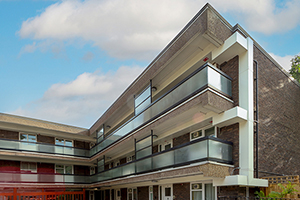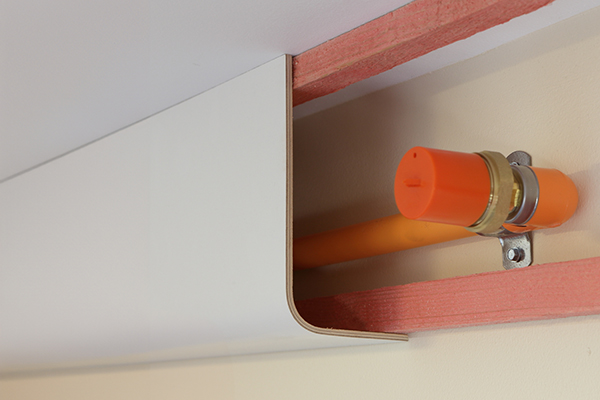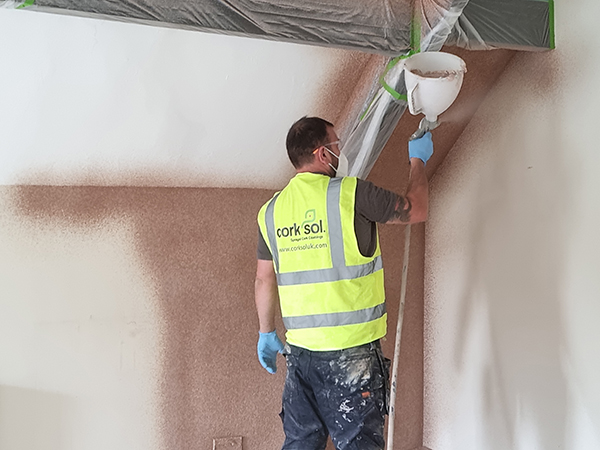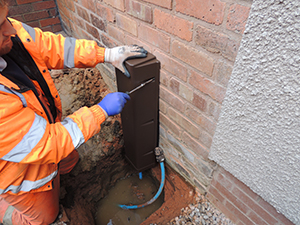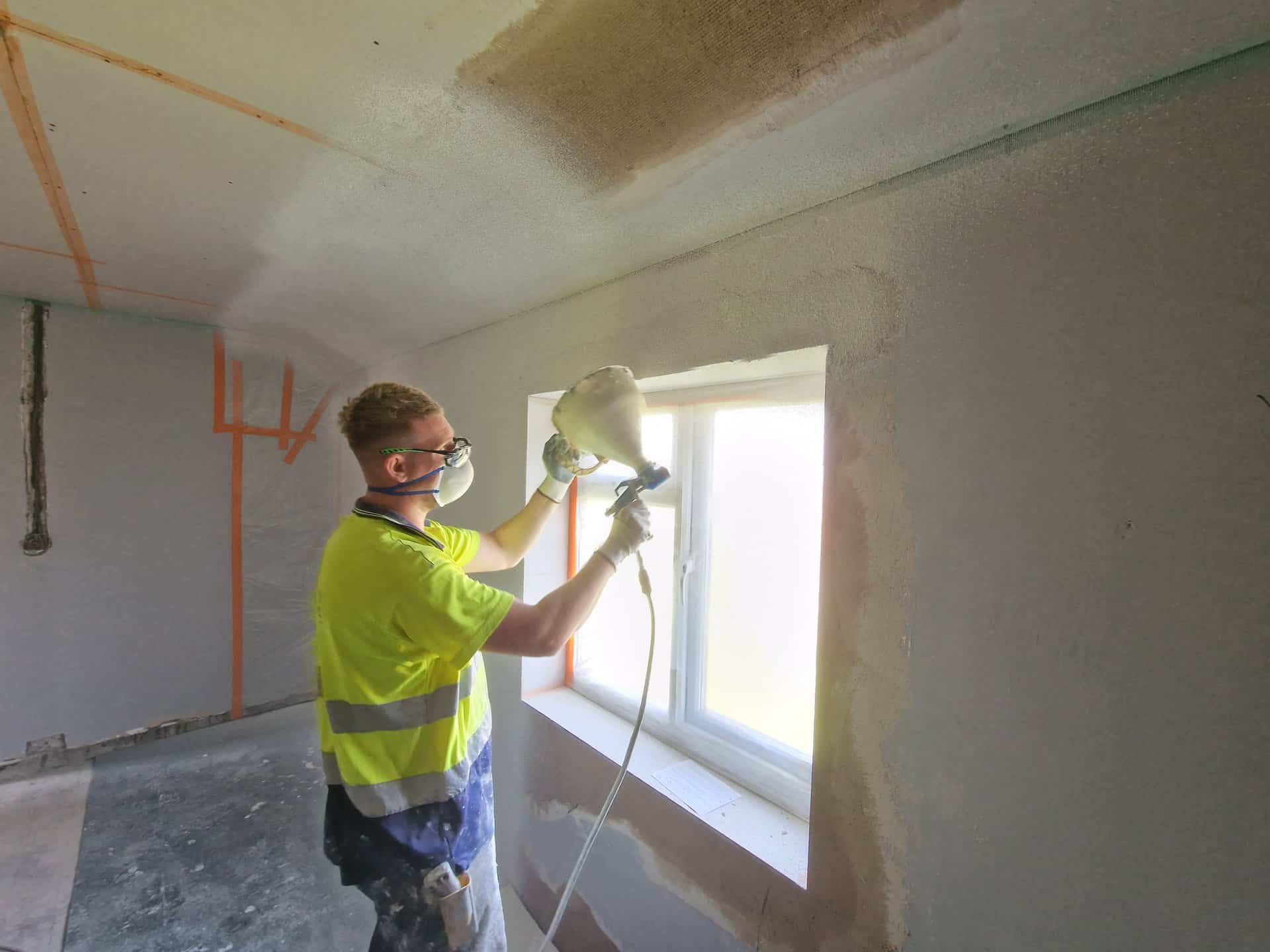Changing water infrastructure
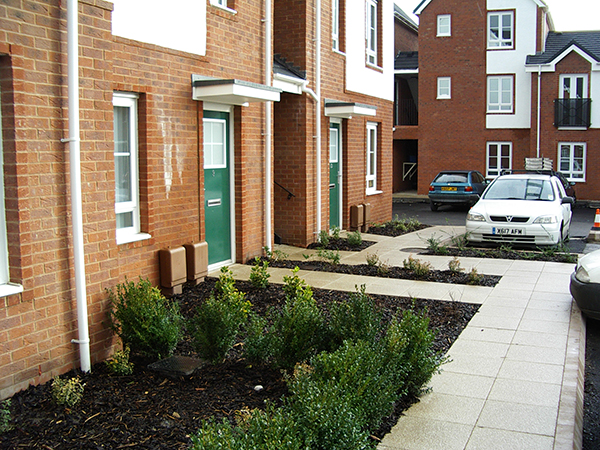
Since this announcement in January 2022, major water companies have been developing plans to upgrade the UKs water supply and reduce current usage from 150 litres per person per day to 110.
Smart meters are seen as a significant part of the solution to reducing domestic water usage. Thames Water have recorded post installation savings of 12-17%1. Following multiple trials, all water companies are now working on plans for Advanced metering infrastructure, where all new connections or meters use the latest generation of smart meters.
- Read more about Changing water infrastructure
- Log in to post comments














